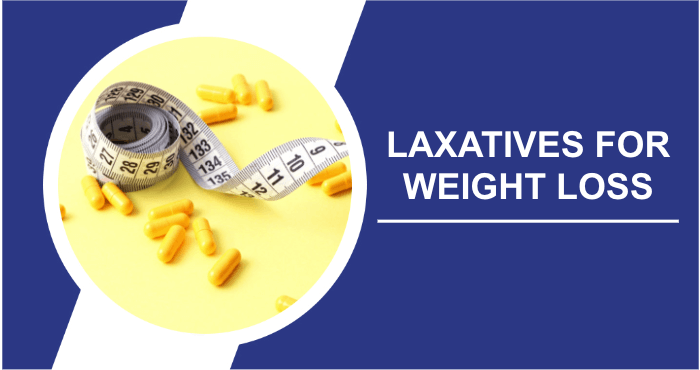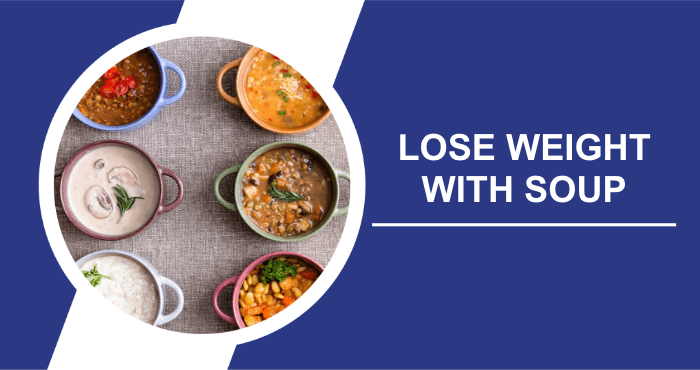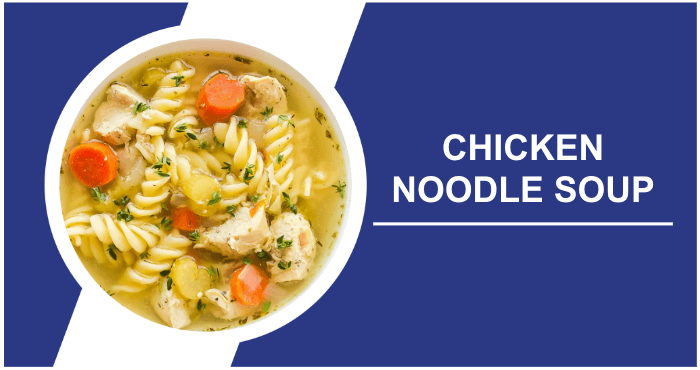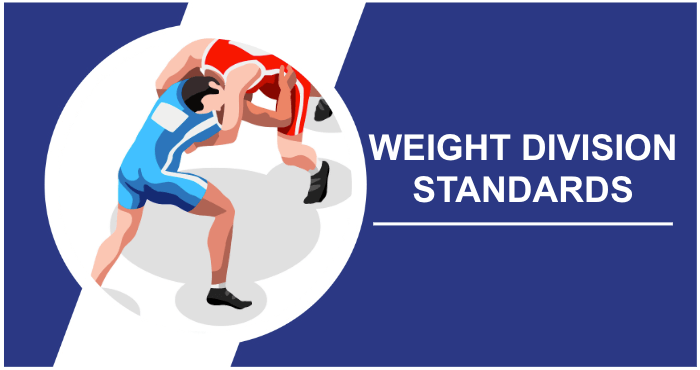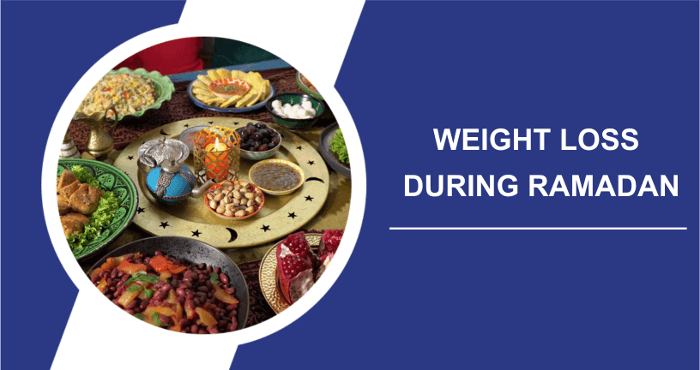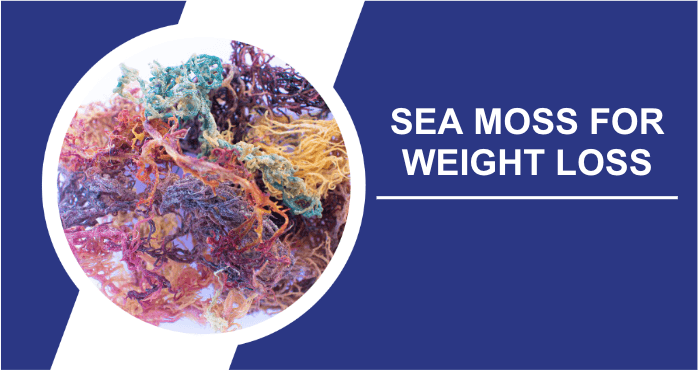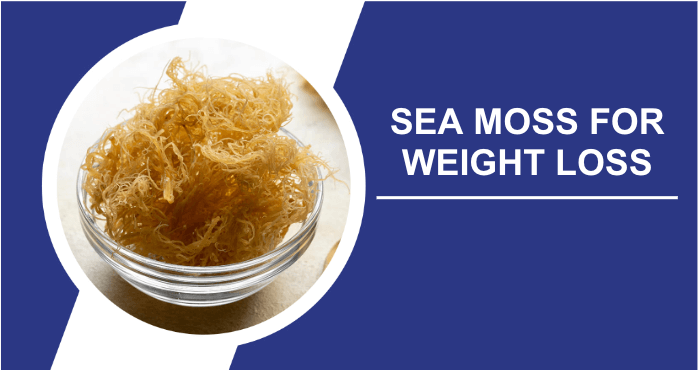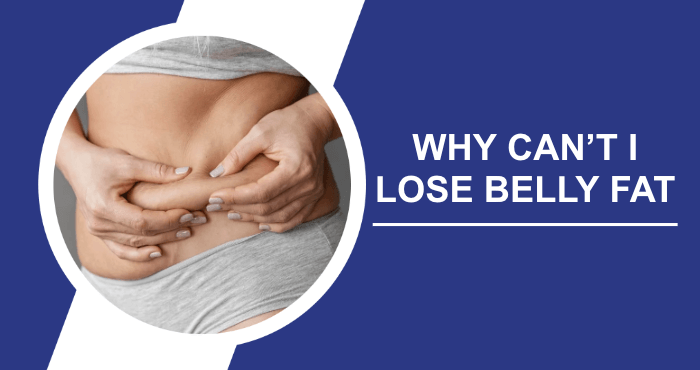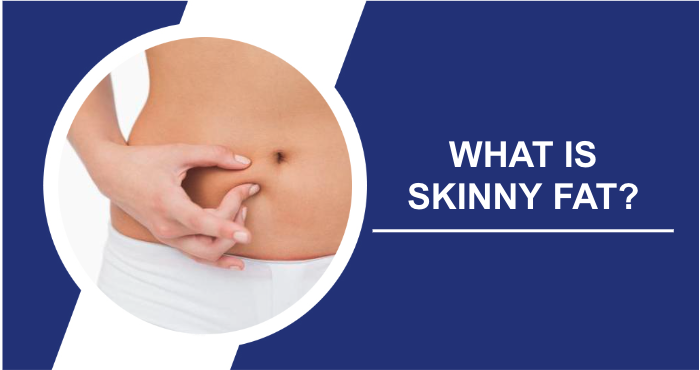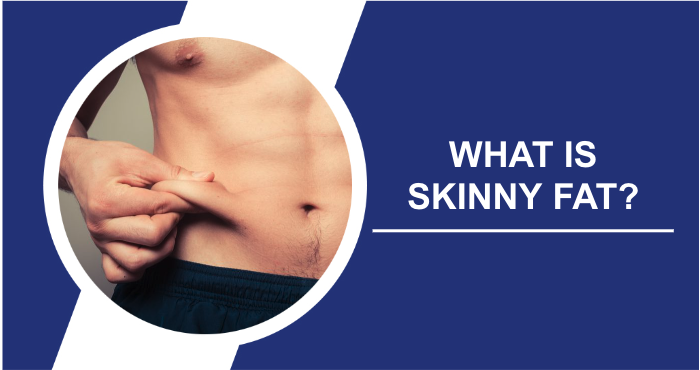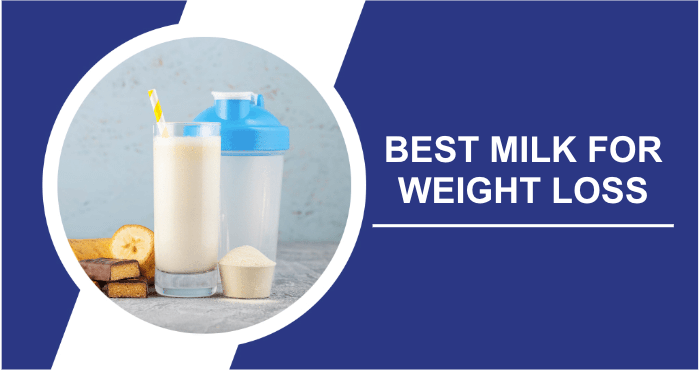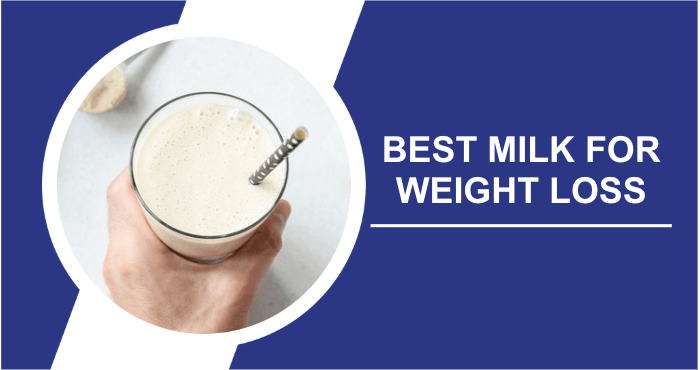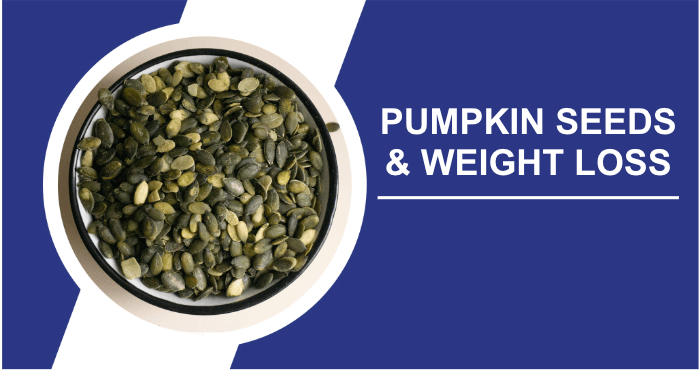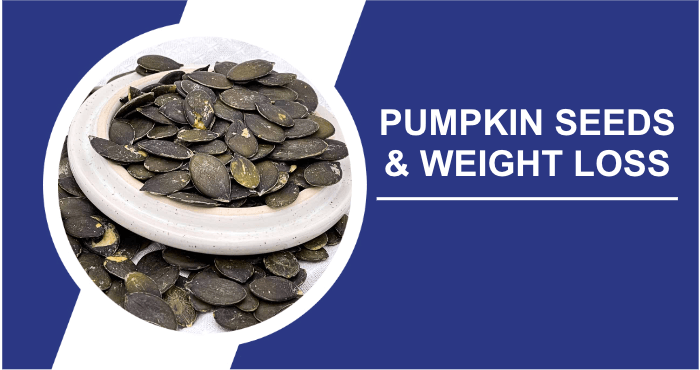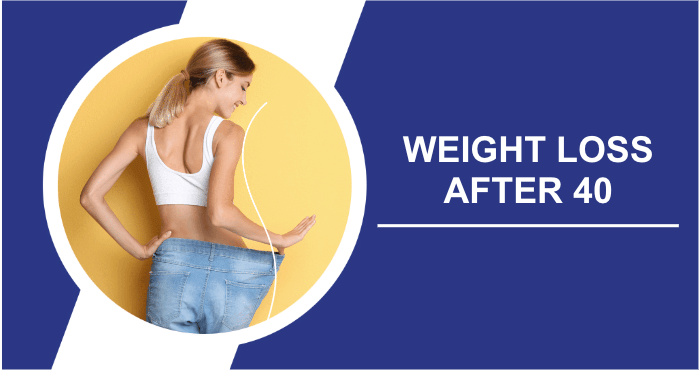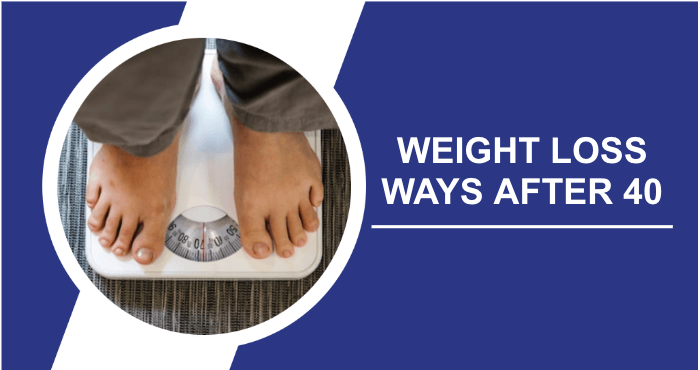Laxatives have been in existence for over 2000 years. The Ebers Papyrus, an Egyptian medical manuscript from around 1500 BC details various herbal remedies for conditions like constipation.
Around 1842 Beechams Pills emerged as the modern laxative produced in England. These pills contained ginger, aloe and soap. Acted as a gentle laxative. Today there is an array of laxatives available as it appears that almost everyone experiences constipation at some point in their lives.
The majority of laxatives function by aiding the bowel in absorbing water from the body or retaining water within the bowel to soften the stool and facilitate easier passage. Can laxatives assist with weight loss? Laxatives should be used properly to address constipation by softening the stool or stimulating bowel movements.
Some individuals believe that having increased bowel movements can lead to weight loss. However this effect is only temporary since it primarily involves losing water than fat. Laxatives are intended for short term usage to alleviate constipation. Prolonged use, by individuals attempting to lose weight can result in serious medical complications.
How Are Laxatives Utilized?
The specific dosage and duration of usage depend on the type of laxative being used and the medical condition being treated.Please adhere to the instructions provided with the laxative. Consult your healthcare provider, for guidance. Here are some general guidelines:
- Stimulants are taken on an empty stomach for rapid effect
- Mineral oil at bedtime before lying down
- For suppositories, once a day after a bowel movement
- For powdered laxatives, mix in a glass of water or juice
- For liquid laxatives, mix in milk or fruit juice
- If it has an unpleasant taste, follow with a glass of citrus fruit juice
Why Lose Weight At All?
Losing weight is not about fitting into smaller jeans or striving for an idealized body image. It’s a journey towards health and well being. By shedding those pounds you can increase your energy levels reduce the risk of chronic diseases and enhance your overall quality of life.
It’s about feeling lighter in both body and mind gaining confidence in your abilities and experiencing newfound freedom in your activities. Whether its keeping up with your children pursuing a hobby or simply enjoying the pleasure of moving losing weight signifies a personal commitment, to a happier and healthier version of yourself.
What Exactly Are Laxatives?
Laxatives act as a solution for your digestive system but they are not a magical cure all. Think of them as prompts for your bowels when they are feeling sluggish. These medications, available both over the counter and with a prescription come in forms such as pills or liquids. They work by either softening stool or stimulating bowel contractions.
While they can provide relief from constipation or irregularity it is important to use them and with the guidance of a healthcare professional. Excessive use can lead to dependency. Disrupt the natural rhythm of your body. Therefore understanding when and how to use laxatives is crucial, in maintaining a digestive balance.
Different Categories of Laxatives
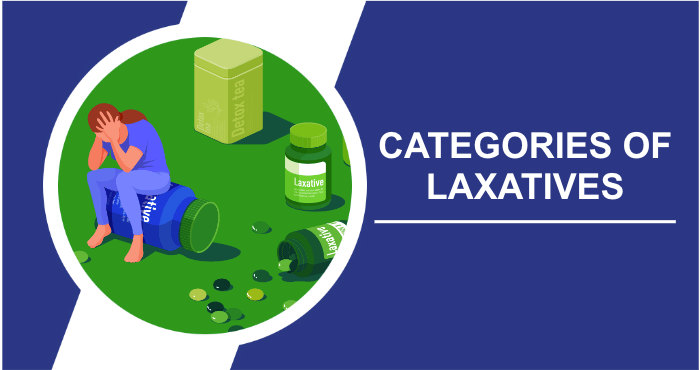
When it comes to laxatives they are usually categorized into four groups; bulking agents, saline and osmotic preparations, stimulants and surfactants. Out of these bulking agents and stool softeners are considered to be laxatives with minimal side effects.
Natural Alternatives for Laxatives
There are plenty of natural alternatives available for laxatives that can be just as effective as over the counter products in preventing constipation. The best part is that they often come without the side effects commonly associated with options.
There are primarily two types of fiber; fiber, which absorbs water and insoluble fiber which doesn’t absorb water but helps increase stool volume. This allows for movement, through the intestines. It’s important to ensure you drink water when using either type.
- Leafy greens, rich in magnesium, which is a common ingredient in OTC laxatives.
- Berries, a good source of fiber.
- Apples, high in fiber and known for promoting beneficial gut bacteria.
- Legumes, such as beans, chickpeas, lentils, peas, and peanuts, which can help reduce intestinal inflammation.
- Chia seeds, providing natural fiber.
- Flaxseed, offering fiber and omega-3 fatty acids.
- Rhubarb, oat bran, prunes, aloe vera, coffee, and psyllium seeds, among other natural options.
- Kefir, a probiotic that aids in stool consistency and transit time through the intestines.
- Olive oil, serving as a lubricant.
- Castor oil, known for stimulating stool movement.
- Senna, a plant that increases bowel movement and is found in products like Swiss Kriss.
The nutrients, calories and fat in the food you consume are mostly absorbed by your body before they reach your colon. As a result what is left in your system is essentially waste material consisting of water and some minerals that your body doesn’t require.
Using laxatives to lose weight primarily affects the functioning of your colon than contributing to the reduction of already metabolized fat. The weight loss achieved through use is mainly due to water loss rather than fat loss. Rehydrating by drinking fluids will quickly lead to regaining the lost weight.
Bulk Laxatives
Bulk laxatives are made up of fiber substances that absorb water making stools softer and easier to pass. These fiber supplements are gentle on the body. Are considered a safe option. Examples include Metamucil and Citrucel well as natural alternatives, like psyllium seeds.
Osmotic Agents
Osmotic agents work by attracting water from the rest of your body to your intestines, which helps soften your stool. Some examples of agents are saline products that contain magnesium, sulfate, potassium or phosphate salts. Additionally sugars like lactose, sorbitol, mannitol and glycerin suppositories can also act as agents. You may have heard of brands like Phillips Milk of Magnesia, Miralax and Colace that fall into this category.
Stimulant Laxatives
Stimulant laxatives function by stimulating contractions in the muscles of your intestines to facilitate the movement of stool. This group includes surfactants such as docusate and bile salts.
Diphenylmethane derivatives like phenolphthalein and bisacodyl (Dulcolax) well as substances containing ricinoleic acid such as castor oil (an ancient remedy) are also part of this category. Moreover certain plant derived compounds known as anthraquinones found in plants, like senna (senokot) aloe vera and rhubarb belong to this group.
Surfactants
Surfactants are often referred to as stool softeners because they contain substances that moisturize the stool making it easier to pass. Some notable examples include mineral oil and glycerin suppositories.
Who Should Use Laxatives?
People who typically use laxatives fall into four categories:
- Individuals struggling with eating disorders like anorexia, bulimia or binge eating. Their aim is either to achieve a figure or to eliminate food to avoid gaining weight.
- Middle aged people who turn to laxatives when dealing with constipation or concerns about bowel movements. As the body ages a slower metabolism can affect the regularity of bowel movements.
- Individuals who perceive themselves as overweight and desire an effortless solution for weight loss.
- Athletes engaged in forms of training.
Safety Considerations Regarding Laxatives For Weight Loss
So, do laxatives contribute to weight loss? Laxatives are primarily intended for relieving constipation and are also not recommended for reducing body fat or promoting sustainable long term weight loss. Medical professionals consider this approach unsafe and ineffective. Misuse of laxatives can lead to adverse effects including
Damage Caused By Laxative Abuse
The excessive and prolonged use of laxatives can have consequences for your digestive health and significantly increase the risk of developing colon cancer. According to experts at the Addiction Center the abuse of laxatives can also cause side effects that impact various organs, including the liver, kidneys, pancreas, heart and muscle tissues. Furthermore extended reliance on laxatives can potentially lead to addiction.
Persistent Diarrhea
When persistent diarrhea lasts for than a week it can greatly affect your overall well being. Overusing laxatives can weaken the muscles in your bowels making it difficult to pass stool naturally. This disruption, in muscle tone may result in episodes of constipation and diarrhea. The Cleveland Clinic has outlined symptoms that may accompany prolonged diarrhea:
- Dark-colored urine
- Confusion
- Headaches
- Dehydration
- Lightheadedness
- Dizziness
- Weakness
Electrolyte Imbalance
Maintaining balance in your body depends on minerals and salts known as electrolytes. These include calcium, sodium, potassium, chloride, phosphate and magnesium. When there is an imbalance in these electrolytes certain signs may manifest:
- Nausea
- Throwing up
- Diarrhea
- Muscle weakness
- Impaired intestinal function
- Headaches
- Confusion
- Heart problems
Better Options for Weight Loss
If you want to lose weight, first try to change your lifestyle habits. This includes eating a holistic, nutritious diet of fruits, veggies, whole grains, and healthy oils like olive, and low-fat meats and fish with fewer calories. Stay away from packaged foods, fast foods, and those high in sugar and carbohydrates. Drink a lot of filtered water as this helps avoid constipation which can make you feel heavier.
There are things you can do to help with weight loss without resorting to using laxatives. Some suggestions include sticking to an exercise routine getting enough restful sleep moderating your alcohol intake and avoiding smoking. By incorporating these changes into your lifestyle you can achieve weight loss without relying on laxatives. It may also be beneficial to explore techniques like fasting and portion control.
What Are Some Good Methods To Lose Weight Safely And Effectively?
Losing weight in an effective manner requires taking a comprehensive approach that prioritizes long term health instead of relying on quick fixes. To start make changes to your eating habits by incorporating more fruits, vegetables and lean proteins while reducing your intake of processed foods and sugary beverages.
It’s important to engage in exercise that suits your fitness level and personal preferences as it contributes not only to weight loss but also overall well being. Additionally don’t underestimate the power of portion control and mindful eating. Take the time to savor each bite than rushing through meals.
Remember to stay hydrated manage stress levels and ensure you get sleep as these factors are crucial too. Finally consider seeking guidance, from a healthcare trusted dietitian who can offer personalized advice and closely monitor your progress to help you achieve your weight loss goals safely and sustainably.
What Are The Best Exercises To Support Weight Loss?
When it comes to losing those pounds the best exercises are the ones that bring you joy and keep you motivated. Think of it as embarking on a journey towards a version of yourself rather than just a mundane task. Whether its taking leisurely strolls with your companion grooving to your favorite tunes or even attempting a lively fitness class discover activities that truly bring you pleasure.
Incorporate some heart pumping activities too like engaging in your sport or taking a refreshing swim on a scorching day. Don’t overlook the importance of strength training either; it provides a boost, for your body. The key is to strike a balance and stick with it consistently. So opt for activities that align with your lifestyle and personal preferences to ensure an sustainable weight loss journey.
Conclusion
While laxatives can provide relief from constipation they should not be relied upon as a method for losing body fat since their effect is temporary water loss rather than actual fat reduction.
There is evidence that does not support the use of laxatives as a safe or effective approach to weight loss. Furthermore using laxatives can lead to side effects such, as diarrhea and dehydration. Making lifestyle changes remains the effective way to achieve a healthy weight.
Frequently Asked Questions
Can laxatives really help me lose weight quickly?
No, it’s actually a misconception that laxatives can be effective for rapid weight loss. Laxatives primarily work by stimulating bowel movements to relieve constipation. Any weight loss experienced is typically due to water loss rather than actual fat reduction.
Is it safe to rely on laxatives for managing my weight?
No, using laxatives as a means of weight control is not considered safe or recommended. It can lead to health issues such as electrolyte imbalances, dehydration and harm to the digestive system. Depending on laxatives for weight loss can have severe consequences.
Are there any health risks associated with using laxatives for weight loss?
Yes, misusing laxatives for weight loss carries potential health risks. These include imbalances in electrolytes, damage to the system, muscle weakness and even the possibility of developing an addiction to laxative use.
What’s the safest way to lose weight effectively?
To achieve effective and safe weight loss its recommended to combine a well balanced and nutritious diet, regular physical activity, sufficient sleep and adopting a healthy lifestyle. Seeking guidance from healthcare professionals or registered dietitians can provide support in attaining your weight loss goals while prioritizing safety and sustainability.
Are there any alternatives to laxatives that can promote healthy digestion and aid in weight loss?
Absolutely! There are alternatives available that can support healthy digestion and assist with managing weight. Consuming a diet in fiber, keeping yourself hydrated and engaging in regular exercise can facilitate digestion while promoting gradual and sustainable weight loss. It is advisable to consult with a healthcare provider to determine the appropriateness of remedies, for your specific needs.
Resources
- Scholar, E. (2008). Laxatives. xPharm: The Comprehensive Pharmacology Reference, pp. 1–3. Link
- Portalatin, M. and Winstead, N. (2012). Medical Management of Constipation. Clinics in Colon and Rectal Surgery, 25(01), pp. 012–019. Link
- Cirillo, C. and Capasso, R. (2015). Constipation and Botanical Medicines: An Overview. Phytotherapy Research, 29(10), pp. 1488–1493. Link
- Roerig, J.L., Steffen, K.J., Mitchell, J.E., and Zunker, C. (2010). Laxative Abuse. Drugs, 70(12), pp. 1487–1503. Link
